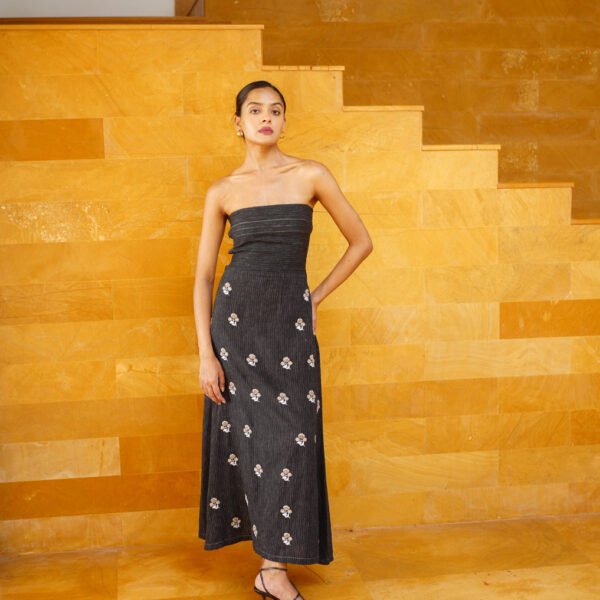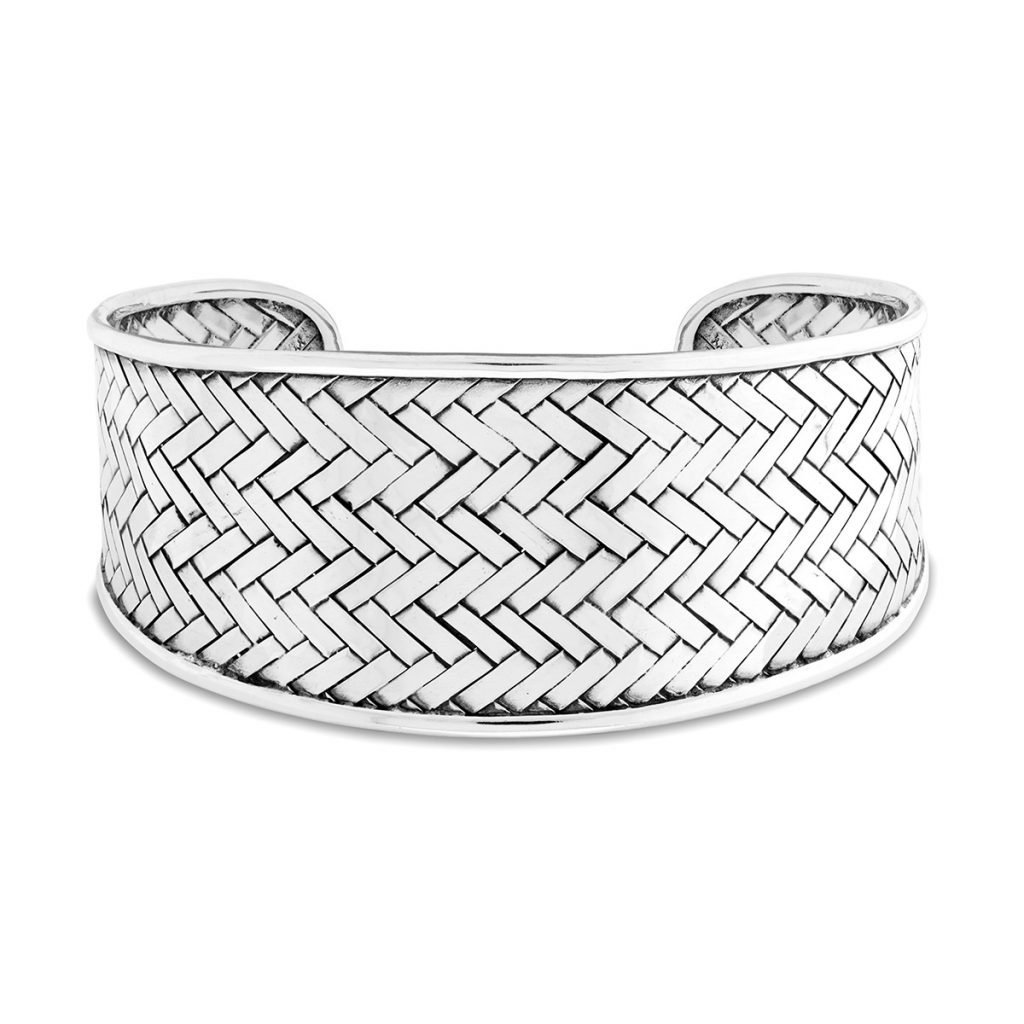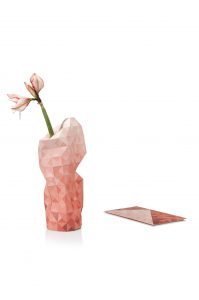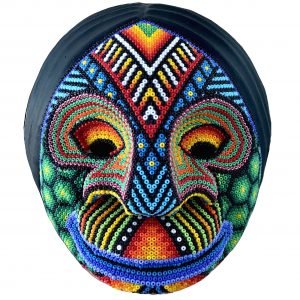The world is a seeming paradise with sufficient amount of fashion items to pick from. Behind all its glamour, the fashion industry is in a debt that cannot be repaid—depletion. In today’s world though, through the layers of pollution, the word ‘Sustainability’ has appeared. It is a revolutionary action adopted by the industry itself as a means of damage control. Fashion designers offer a great deal towards changing the fashion system to a more ethical one. We have curated a list of actions that you could implement to become a more sustainable fashion designer.
TIPS TO BECOME A SUSTAINABLE FASHION DESIGNER
SLOW DOWN
Fashion designers are creators of trends and fads. Fast fashion cycles have made the environment a junkyard cluttering with disposed clothes and other fashion wastes. Slowing down these cycles could make a difference bigger than one can imagine. The focus of a sustainable fashion designer lies in quality more than quantity.
Slow fashion allows designers to establish transparency in his/her designs by the way the production processes happen. By avoiding mass production the resources are used at a more realistic pace, the offer meets the demand and there is less waste. By avoiding trends that will last no time until the next one comes, we are helping too. Creating a haven for our consumers to find their own and true fashion voice.
As a consumer fast fashion might seem more convenient and cheap in comparison with slow fashion. It will take time to break the fast fashion cycle and educate society. But what you are doing is very important and we appreciate it. Keep on!

CHOOSE WISELY THE MATERIALS
Materials make garments and hence material makes a difference. Increasing the longevity of a garment could mean the optimum usage of the same garment. This, in turn, will reduce unwanted disposals. It is important as a designer to pick the right material in order to minimize the wear and tear of the apparel.
Organic and natural fibers such as cotton, linen, hemp, bamboo, etc are more gentle on the planet. Synthetic fibers like nylon, polyester, spandex, etc have more environmental consequences in comparison. During the process of selection of textiles, a designer should always be mindful of the durability of the garment. It is very important that they find a common ground between what the garment requires and what the planet demands.
Recycled materials are also interesting to explore. Swimwear, for example, is using a lot of recycled fabrics from containers and plastic bottles. It is true that we still have not figured it out how to totally get rid of plastic, and microfibers are an invisible pest, but until science finds the final solution we better give all that plastic filling our landfills and our oceans some use.
BE VOCAL
With quality as a flag, sustainability has made its way to many people’s belief system. It is a step that is being adopted increasingly by the consumers because they are realizing that the planet is in serious danger and they don’t need to compromise with style. As designers, big or small, we have an influence not only in what is next when it comes to colors, shapes or silhouettes but also in what is important and what is not. We are ambassadors of our own brands at the end of the day. I don’t know you, but I want to be associated with happiness and respect to Mama Earth.
So, be vocal about what you care about. Might be the whales or the refugee crisis, might be climate change or the loneliness of our elderly. Whatever you care about, rest assured other people care too. And don’t think that it is too personal. Fashion is done by people from both sides of the supply chain. Let the people identify and pick out items that align with their values and their views. This, in turn, will lead to building healthy buying habits in the consumers and creating connections beyond the physical garment.
REDUCE WASTE
Minimizing waste during garment construction and pattern-making processes is another approach to sustainability. Effective pattern-making through the smart placement of patterns on the fabric could result in lesser wastage of the fabric. During garment construction, it is important as a sustainable fashion designer to make sure that the remaining pieces of unwanted cloth are collected and sent for recycling or reusing. Or maybe can be used for small tokens when you do your next runway show or labels with your logo on. Think creatively and know that waste is only waste once we have decided that it is actually waste.
As an example of think-outside-the-box, we have in-house designer Stone Grey. They follow slow fashion production and they came with this brilliant idea you might be able to implement too. In the vicinity of their atelier, there is a signage company that does pieces of vinyl and whatnot. When they use the stickers the back of the sticker is thrown away. We are talking of rolls and rolls of sticker back paper that is going to waste. Jino Joy decided to ask the neighbors for some rolls and now she uses it to create the patterns. See? Jino decided that that was not waste as yet. If you want to know more about them and their designs, check out our website.
CARE LABELS
Another method of incorporating sustainability into designing is through care labels. A sustainable fashion designer should be mindful of the instructions on the care label. There should be proper care instructions on the labels of the garments. This will help in the durability and longevity of the apparel itself and hence reduce the potential discarding of these items. We need to build items to last, and we have to facilitate the customers to care for those items to close the loop.
UPCYCLE
Upcycled fashion is a remarkable approach to ethical fashion. Here sustainability meets creativity at a whole new level. It is a designer’s peak creative moment when they are able to incorporate the two to create something new. Using old garments to create more advanced and new had become much popular these days. It is a very innovative step towards eco-fashion as well as highly trendy.
Duet Luxury is a brand that creates handmade wooden handbags and clutches using scrap wood collected from a neighboring furniture factory. This brand offers a unique collection of fashion accessories that are eco-friendly and Oh! So cute! If you wish to know more about Duet Luxury, visit our website.
FAIR WAGES & SAFE WORKING CONDITIONS
Another important aspect a designer should execute to achieve sustainability is ethical labor practices. A very low-priced garment probably has been constructed by workers who work for illegally low wages. It is important to make sure that the workers are paid fairly and that their working conditions are decent and safe. It is of supreme importance that the workers work under ethical conditions. Do not accept child labor, do not accept misery in your supply chain. Be watchful and ask questions when visiting factories. You are the client at the end of the day.

Everybody could be equal contributors to sustainability in fashion—designers and consumers. Designers having the capability of influencing customers, they should encourage ethical practices and endorse responsible consumerism.
SUSTAINABLE PACKAGING
If you are serious about sustainability find ways to minimize or avoid altogether the use of plastic. There are biodegradable materials or packaging that can go and be returned to be reused. The food industry is finding ways out of sugar cane waste, corn, yucca, PLA, etc.. It is about time we implement these opportunities in our sector too.
And remember, sustainability is a journey and a destination. We have come to terms with the fact that we have an impact on the environment whether we like it or not. Let’s try to minimize it at least. So, even if you can not incorporate all these tips to become a more sustainable designer, if you can do one is better than nothing. We need a lot of people doing small changes, more than only a few individuals doing a total transformation. Together, we can!
























2 Comments
HOW TO CREATE A SUSTAINABLE FASHION SHOW » Goshopia
6 January 2020 at 11:52[…] HOW TO BECOME A SUSTAINABLE FASHION DESIGNER […]
8 Fundamental Steps for Sustainable Design – Create with Plants
18 March 2021 at 00:28[…] As said by GoShopia […]